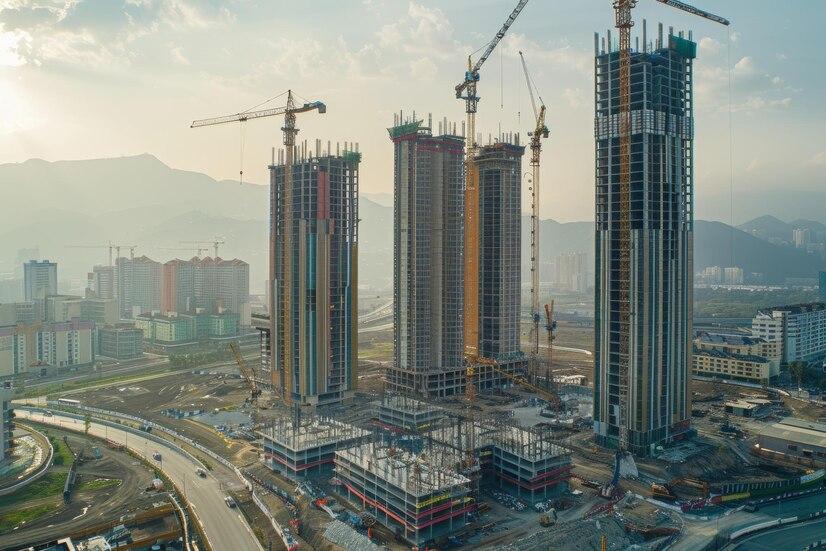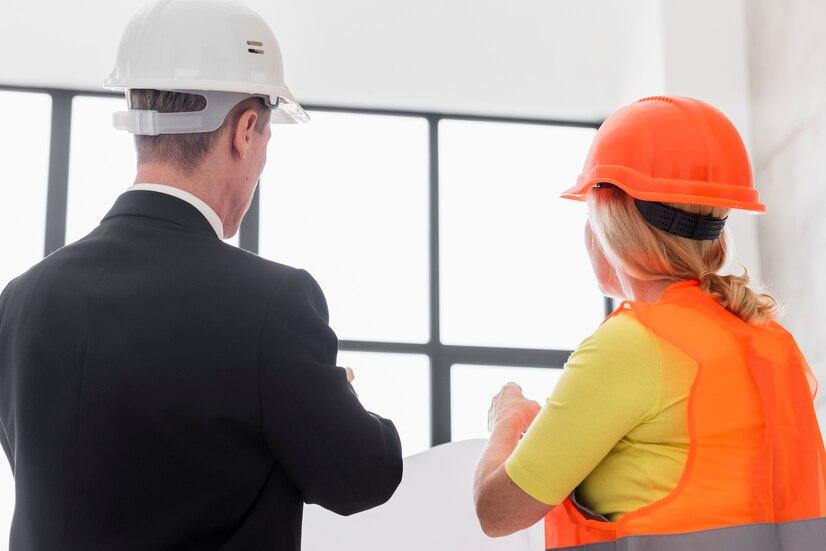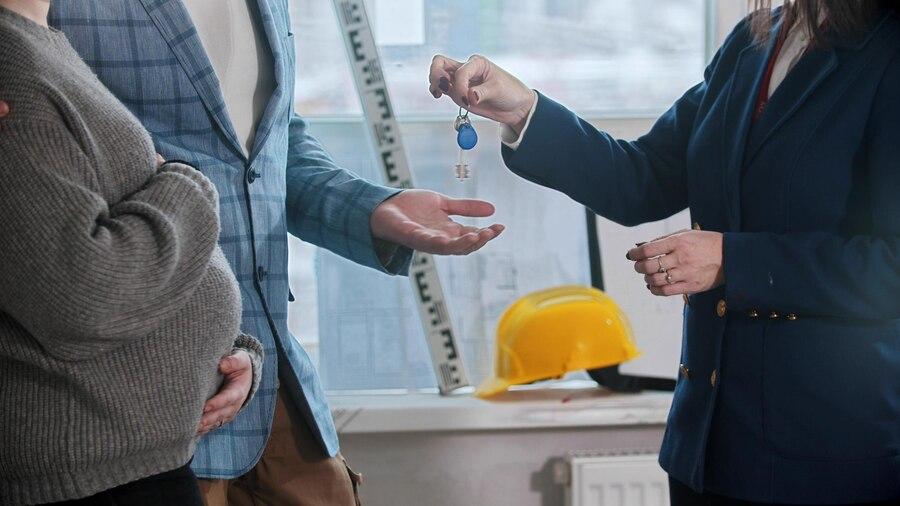



Table of Contents
- Introduction
- Understanding the Builder's Warranty
- Coverage Details of the Builder's Warranty Under RERA
- Importance of the Builder's Warranty
- Practical Tips for Homebuyers
- Conclusion
- Faq's
Introduction
The Real Estate (Regulation and Development) Act, commonly known as RERA, was implemented in 2016 to bring transparency, accountability, and fairness to the Indian real estate market. Before RERA, the real estate sector was largely unregulated, leading to widespread issues such as project delays, mismanagement, and a lack of transparency in dealings between buyers and developers.
RERA's primary purpose is to protect homebuyers by ensuring that developers adhere to promised timelines, maintain construction quality, and operate with greater transparency. It mandates the registration of all real estate projects with a RERA authority, where details such as project plans, completion timelines, and legal approvals must be disclosed. This allows buyers to make informed decisions and provides them with a legal framework to address grievances.
Additionally, RERA enforces strict penalties on developers for non-compliance and provides mechanisms for dispute resolution, ensuring that the interests of homebuyers are safeguarded. The act has significantly improved the credibility and functioning of the real estate sector in India, fostering a more trustworthy and efficient market environment.
Understanding the Builder's Warranty
The builder's warranty under the Real Estate (Regulation and Development) Act (RERA) is a legal provision that mandates developers to guarantee the quality of construction and address any structural defects in the property for a specified period after handing over possession to the buyer. This warranty is a crucial aspect of RERA, designed to protect homebuyers from defects that may emerge after they take ownership of the property.
Under RERA, the builder's warranty is valid for a period of five years from the date of possession. During this time, the builder is legally obligated to rectify any structural defects or issues related to the quality of construction or workmanship at no additional cost to the homeowner. This includes defects in the building's foundation, walls, roofs, and other structural components, as well as issues with plumbing, electrical systems, and overall construction quality.
If any defects covered by the warranty are reported by the homeowner within this five-year period, the builder must address and fix the issue within 30 days of receiving the complaint. Failure to do so allows the homeowner to seek legal recourse through the RERA authority, which can enforce the warranty and ensure that the builder fulfills their obligations.
The builder's warranty is an essential safeguard for homebuyers, providing them with peace of mind that any significant defects in their property will be resolved by the developer, thus enhancing the overall transparency and reliability of real estate transactions under RERA. Regulation and Development
Regulation and Development
Coverage Details of the Builder's Warranty Under RERA
 Builders Warranty Under RERA
Builders Warranty Under RERA
The builder's warranty under RERA is designed to protect homebuyers from various defects that may arise in the construction of their property after possession. This warranty specifically covers structural defects, issues related to the quality of construction, and problems stemming from poor workmanship or the use of substandard materials. Below is a detailed explanation of what these coverage areas entail:
1. Structural Defects
Structural defects are significant flaws in the building's foundational elements that can affect the safety, stability, and integrity of the property. These defects are critical because they can compromise the building's ability to withstand loads and stresses over time. RERA requires that builders address any structural defects reported by homeowners within five years of possession.
Examples of Structural Defects:
Cracks in Load-Bearing Walls or Beams: These are serious issues that can indicate foundational weaknesses or problems with the structural integrity of the building. Such cracks can lead to partial or complete collapse if not addressed promptly.
Foundation Issues: Problems like uneven settling, subsidence, or shifting foundations can cause the entire structure to become unstable, leading to uneven floors, misaligned doors and windows, or worse, structural failure.
Roof Leaks and Water Infiltration: A leaking roof can lead to significant damage, including weakening of the roof structure, mold growth, and potential damage to the interior of the property.
Sagging Floors or Roofs: These occur when the support structures beneath the floors or roofs are inadequate, leading to drooping or sagging that can signal severe structural problems.
2. Quality of Construction
The quality of construction refers to the overall standards followed during the building process, including the adherence to construction best practices, the use of appropriate materials, and compliance with building codes and regulations. Poor construction quality can lead to various issues that compromise the property's safety, durability, and livability.
Aspects Covered Under Quality of Construction:
Wall Finishes: Issues like uneven plastering, poor-quality paint, or improper application of finishes can lead to cracks, peeling, or dampness, affecting the aesthetic appeal and integrity of the walls.
Flooring Defects: Problems like uneven flooring, poor-quality tiles, or inadequate installation can cause tiles to lift, crack, or become misaligned over time.
Poorly Installed Windows and Doors: Improper installation can lead to gaps, misalignment, difficulty in opening or closing, and increased vulnerability to weather conditions or security breaches.
Inadequate Waterproofing: Failure in proper waterproofing, especially in areas like bathrooms, kitchens, and balconies, can result in water seepage, dampness, and mold growth, leading to long-term damage to walls and flooring.
3. Workmanship and Materials
The quality of workmanship and materials used in construction directly impacts the durability, safety, and overall finish of the property. Workmanship refers to the skill and care with which the construction work is carried out, while materials refer to the quality of the building components, from cement and steel to plumbing fixtures and electrical wiring.
Defects Covered Under Workmanship and Materials:
Substandard Materials: The use of low-quality materials, such as inferior cement, steel, or bricks, can lead to premature deterioration of the building, reducing its lifespan and requiring costly repairs.
Electrical Wiring Issues: Poor-quality wiring or faulty installation can result in frequent short circuits, electrical failures, or even fire hazards, posing significant risks to the occupants.
Plumbing Defects: Inadequate plumbing work, including the use of substandard pipes, fixtures, or improper installation, can cause leaks, blockages, and water damage, affecting both the functionality and safety of the property.
Inconsistent Finishing Work: Workmanship defects can include uneven tile placement, improperly installed fixtures, or poorly aligned carpentry, all of which can detract from the aesthetic and functional quality of the home.
Importance of the Builder's Warranty
 Importance of the Builder's Warranty
Importance of the Builder's Warranty
Protection for Homebuyers: How the warranty safeguards homebuyers from additional expenses.
Accountability of Developers: The role of the warranty in ensuring developers adhere to quality standards.
Transparency in Real Estate Transactions: How the warranty contributes to greater trust and transparency in property transactions.
Practical Tips for Homebuyers
Inspecting the Property: Importance of a thorough inspection before possession.
Ensuring Warranty Clause in the Sale Agreement: Checking that the warranty is clearly outlined in the sale agreement.
Maintaining Documentation: Importance of keeping records of all communications and repairs related to warranty claims.
Conclusion
The builder's warranty under RERA is a vital protective measure for homebuyers, ensuring that the quality and integrity of their property are upheld for five years after possession. By covering structural defects, construction quality issues, and problems arising from poor workmanship or materials, this warranty provides significant peace of mind to homeowners. It not only holds developers accountable for the standard of their work but also fosters greater transparency and trust in the real estate market. As a cornerstone of RERA's consumer protection framework, the builder's warranty empowers buyers, promotes responsible building practices, and contributes to a more reliable and trustworthy real estate environment in India.
explore further
Latest from MahaRERA
More from All about rera
Resources
Dwello, for every home buyer, is a way to go from 'I feel' to 'I know', at no extra cost.




